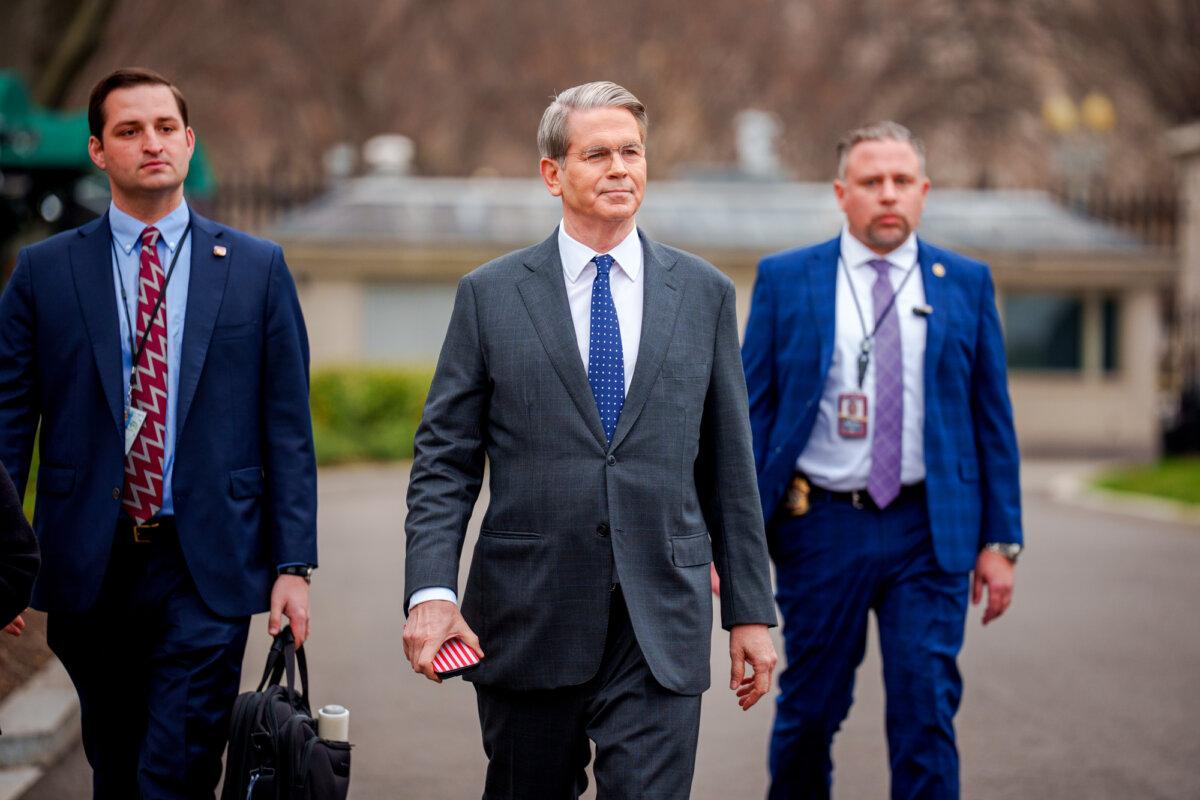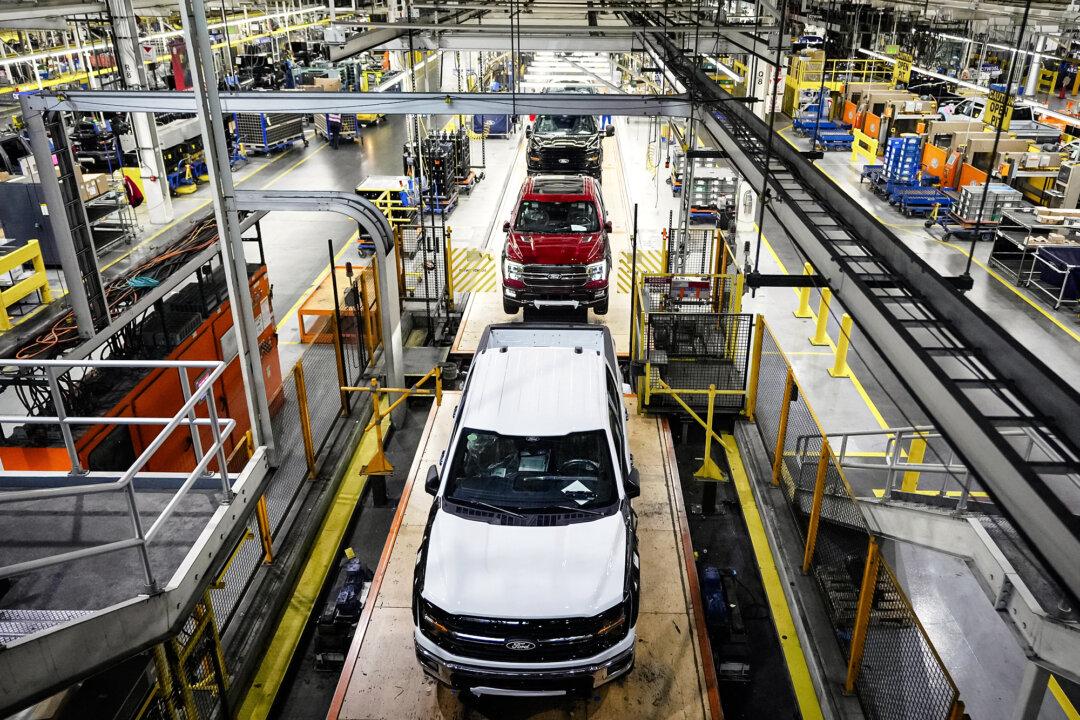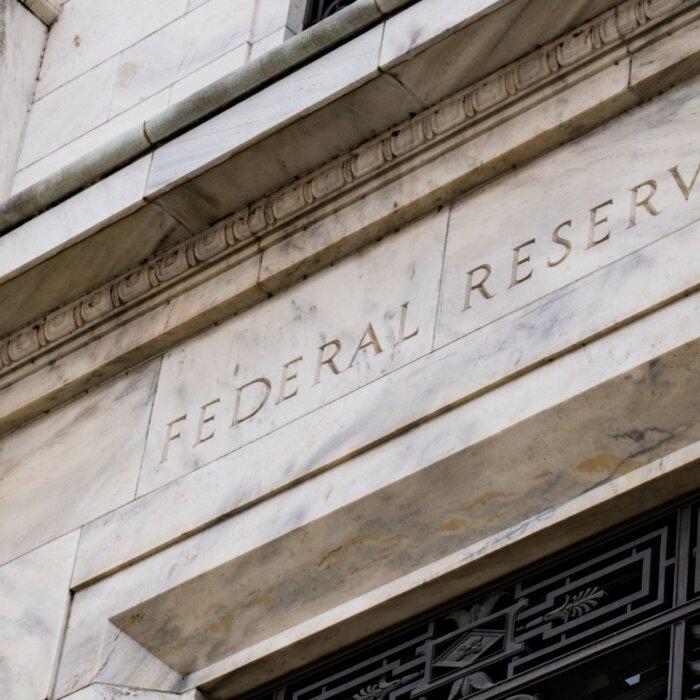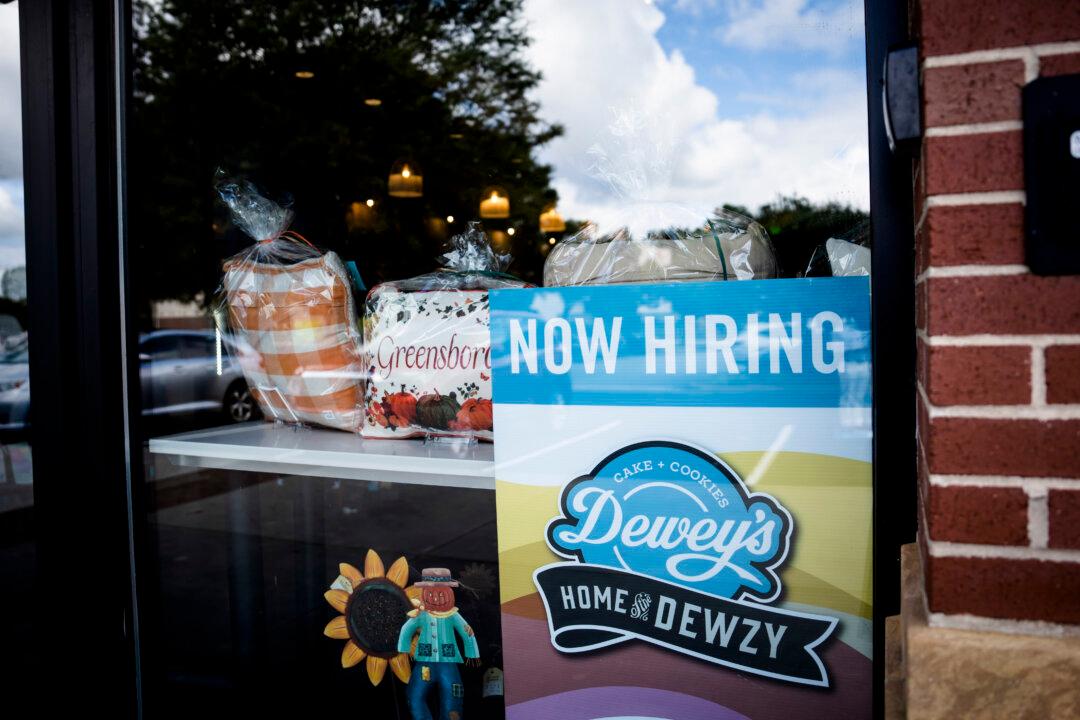In the first five months of President Donald Trump’s second term, blue-collar hourly workers have experienced a nearly 2 percent increase in real wage growth—the most significant growth under any administration since President Richard Nixon.
By comparison, real wages declined 1.7 percent during the first five months under the previous administration.
The last time wages outpaced inflation at this pace was during the president’s first term, says Joe Lavorgna, counselor to Treasury Secretary Scott Bessent.
“Today’s data confirm what we saw during President Trump’s first administration: pro-growth policies like tax reform and deregulation had a measurable impact on real wages, especially for blue-collar workers. This isn’t theoretical—it is showing up in the paychecks of everyday Americans,” Lavorgna told The Epoch Times.
The only other time a president recorded positive wage data was in 1969, when Nixon reported real blue-collar wage growth of 0.8 percent.
Other presidents have reported negative growth over the past six decades: Ronald Reagan (negative 0.9 percent), George H.W. Bush (negative 3 percent), Bill Clinton (negative 0.6 percent), George W. Bush (negative 0.6 percent), and Barack Obama (negative 0.3 percent).
Hourly wage growth was flat under President Jimmy Carter.
“Hardworking Americans and Main Street businesses have never had a stronger ally in the [White House],” the secretary said.
State of Inflation
Inflation has taken a bite out of workers’ paychecks in recent years, even as nominal wages have soared.From the first quarter of 2021 to the fourth quarter of 2024, real wages declined by approximately 2 percent. Conversely, non-inflation-adjusted hourly earnings advanced about 20 percent.
Now that inflation’s growth rate has stabilized—the consumer price index (CPI) rose at a smaller-than-expected pace of 0.1 percent in May—workers are beginning to catch up from previous years.
Real average weekly earnings also climbed 0.3 percent.
Consumers appear optimistic about wage growth.

According to the New York Federal Reserve’s May Survey of Consumer Expectations, or SCE, households anticipate that year-ahead earnings growth expectations will be 2.7 percent, up from 2.5 percent the previous month.
Inflation expectations have increased substantially in recent months, although recent data suggest they have since decreased.
The five-year outlook also eased to 4.1 percent from 4.2 percent.
The New York Fed’s SCE slowed to 3.2 percent last month from 3.6 percent in April.
A new Bankrate survey shared with The Epoch Times also revealed that nearly two-thirds of Americans think tariffs on imported goods will impact on their finances.
However, the president’s sweeping global tariffs have yet to materialize in trade data.
According to the Bureau of Labor Statistics, import prices were relatively unchanged in May, edging up just 0.1 percent. Export prices also declined 0.9 percent.
“[Inflation] has certainly calmed down and has shown some real signs of improvement. It is heading in the right direction toward the Fed’s self-fashioned goal of 2 percent,” said Mark Malek, the CIO of Siebert Financial, in a note emailed to The Epoch Times.







